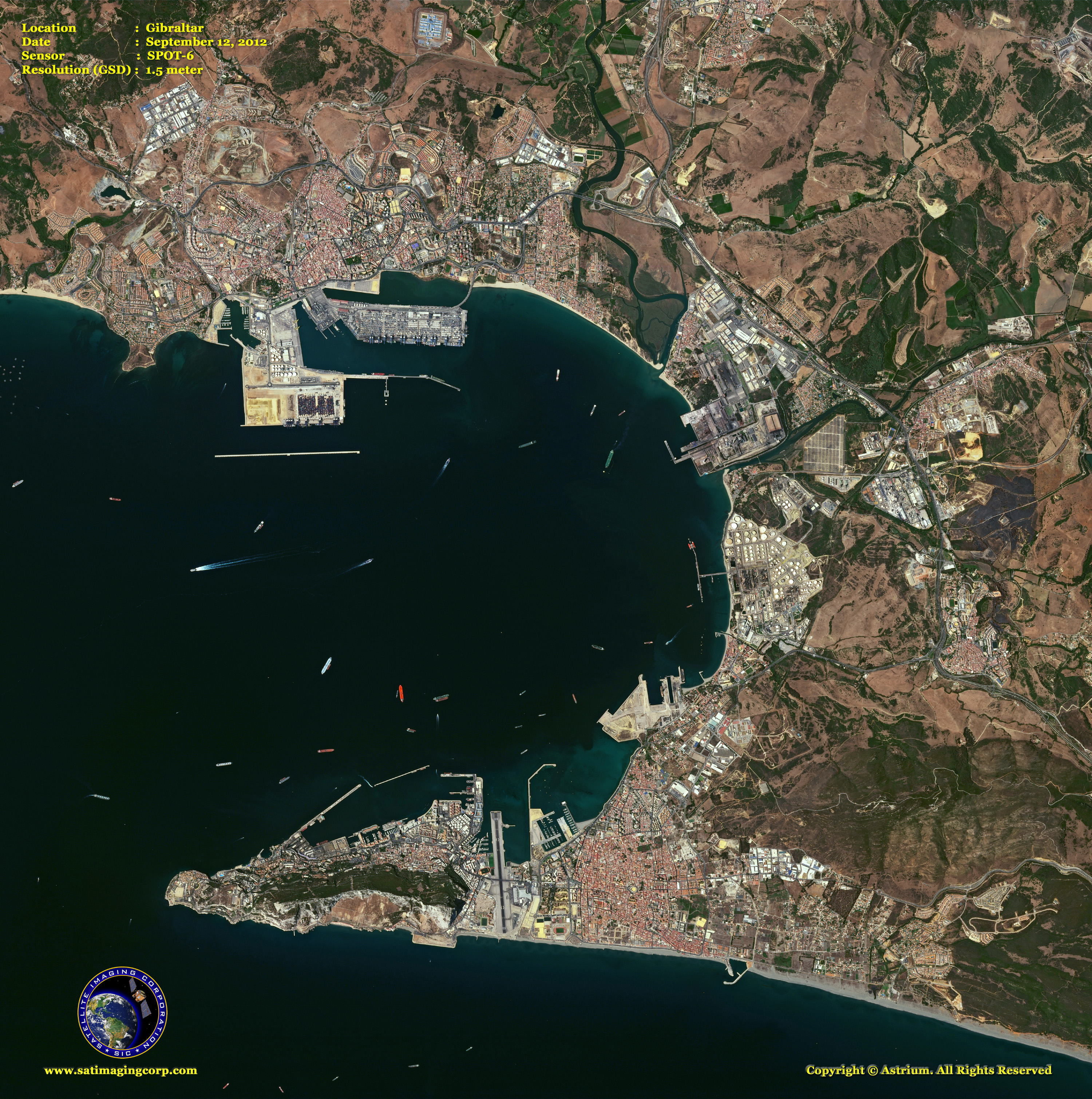

Major companies operating in the aerial imaging market are focused on offering technological advancements in aerial imaging to gain a competitive edge and strengthen their position in the market. Technological advancements in aerial imaging include the launch of drones with advanced functions and features such as supporting apps, advanced photo and video capabilities, better transmission, reduced weight, improved sensors, and more. The launch of new technology is a key trend gaining popularity in the aerial imaging market. Thus, the increasing incidences of natural disasters are expected to contribute to the growth of the aerial imaging market. In 2021, the Assam earthquake was a major natural disaster in India that occurred in April 2021, which resulted in the deaths of 2 people and injuries of 12–13 people, as well as lots of property damage. China alone reported 577 disasters, followed by the US with 467 and India with 321, respectively. For instance, according to the World Economic Forum, in the past 20 years, 7,348 disasters were recorded that took 1.23 million lives. Due to the increasing incidents of natural disasters, there will be an increasing demand for aerial imaging solutions to manage the situations.
Aerial imaging manual#
Aerial imaging helps to take prompt on-ground action, much faster than manual detection, analysis, and action, to reduce further damage while reducing response time. Natural disasters are sudden and terrible events in nature, such as hurricanes, tornadoes, or floods, mainly due to climate change that usually result in serious damage and many deaths. Growing incidents of natural disasters are expected to propel the growth of the aerial imaging market. The global aerial imaging market size is expected to grow to $5.32 billion in 2026 at a compound annual growth rate (CAGR) of 15.05%. The global aerial imaging market size is expected to grow from $2.65 billion in 2021 to $3.04 billion in 2022 at a compound annual growth rate (CAGR) of 14.55%. This aerial imaging market research report delivers a complete perspective of everything you need, with an in-depth analysis of the current and future scenario of the industry.
Aerial imaging series#
The aerial imaging market research report is one of a series of new reports from The Business Research Company that provides aerial imaging market statistics, including aerial imaging industry global market size, regional shares, competitors with an aerial imaging market share, detailed aerial imaging market segments, market trends and opportunities, and any further data you may need to thrive in the aerial imaging industry. Aerial imaging has applications in geospatial mapping, infrastructure planning, asset inventory management, environmental monitoring, national and urban mapping, surveillance and monitoring, disaster management, and other applications.

The platforms are fixed wing aircraft, helicopters, UAVs, drones, and others, and the end-users are government, energy, military, and defense, agriculture and forestry, archaeology and civil engineering, oil and gas, and others. Vertical photographs are often used to create orthophotos, alternatively known as orthophoto maps, photographs that have been geometrically corrected to be usable as a map. The vertical aerial imaging is captured from the aerial vehicle, whose camera axis is directed towards the ground as vertically as possible. The main types of imaging in the aerial imaging market are vertical imaging and oblique imaging. Cameras are attached to airborne crafts such as helicopters, parachutes, aircraft, kites, unmanned aerial vehicles (UAVs), balloons, and more to help with assessing risk mitigation, resource planning, engineering, and others. The aerial imaging market consists of sales of aerial imaging solutions by entities (organizations, sole traders, and partnerships) that refer to pictures or images captured from an airborne craft.


 0 kommentar(er)
0 kommentar(er)
